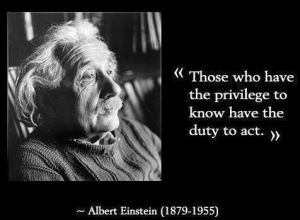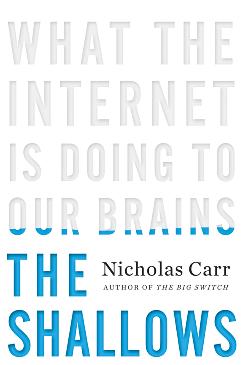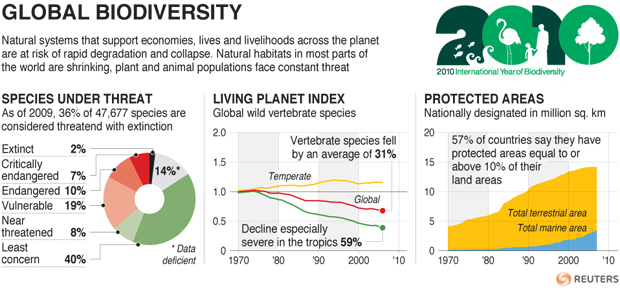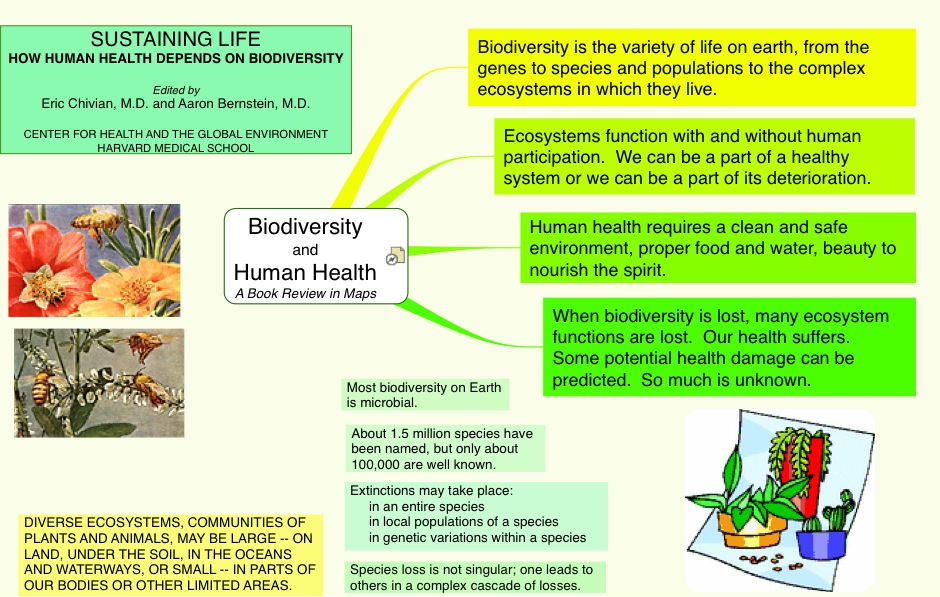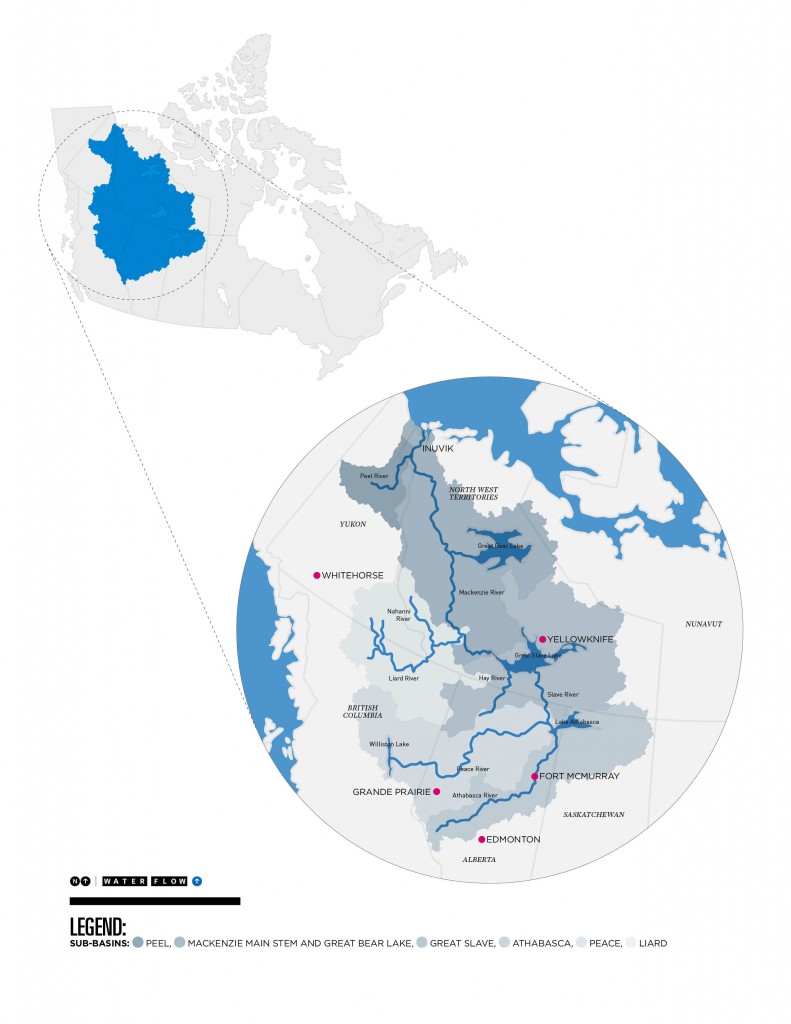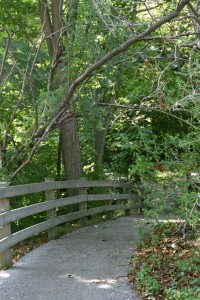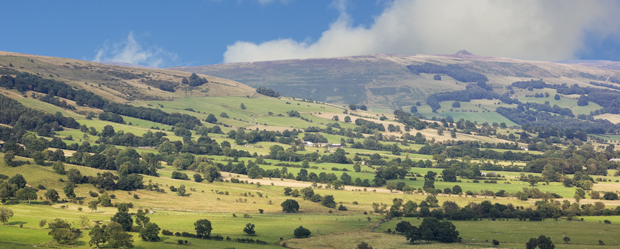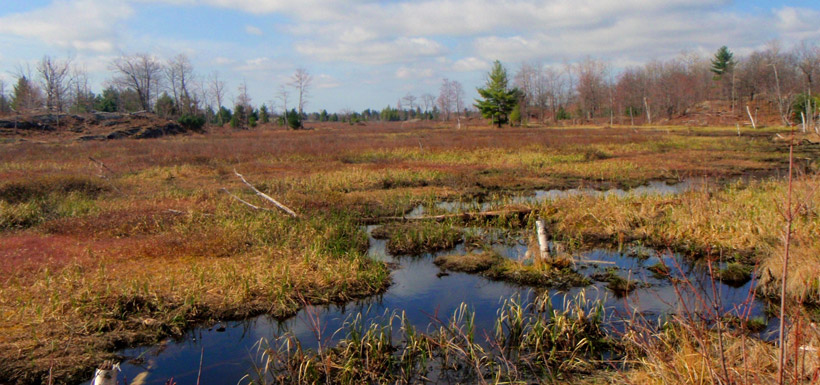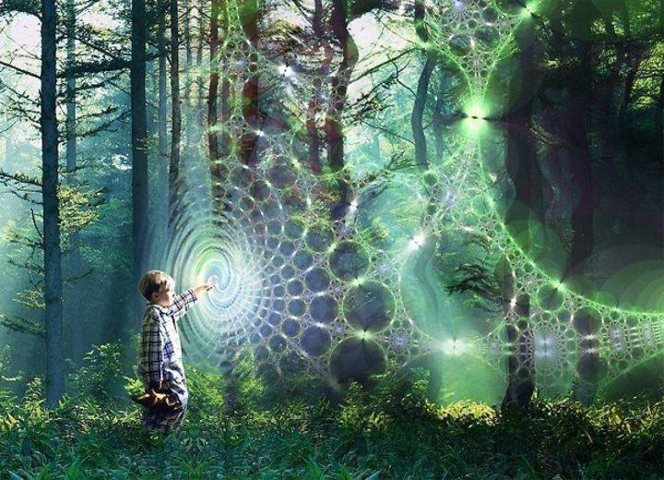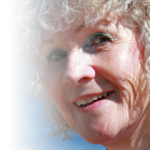 Spiritual work has many expressions that go beyond religious ministries and the power of prayer. Consider catastrophes and human generosity that ranges from monetary donations to showing up in person, when possible, to give physical and emotional help, whether through professional or volunteer services, and fundraisers.
Spiritual work has many expressions that go beyond religious ministries and the power of prayer. Consider catastrophes and human generosity that ranges from monetary donations to showing up in person, when possible, to give physical and emotional help, whether through professional or volunteer services, and fundraisers.
Most recently, in Canada, we have the first July 21st charity run undertaken by citizens and visitors in eastern Québec, along the route of the inexcusable runaway train carrying crude oil, which derailed and exploded, causing death and destruction in of Lac Mégantic. Also, of course, have been the platoons of volunteers in several locations to help victims in western Canada after record-breaking Alberta floods.
Other expressions of `spiritual work’ can be more challenging, for these reasons. They involve forms of nonviolent citizen protest pitted against environmentally-threatening activities that, first of all, divide the regional communities affected and , secondly, get reduced by the news media to “activism,” usually in the reductive, pejorative sense.
In this second case, mediocre news reporters, who attempt to look “objective,” undermine the deeper truths that concerned citizens try to expose.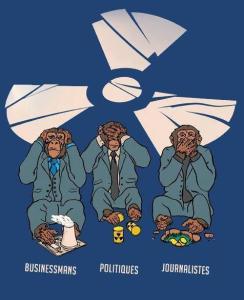 Such reporters quote misguided, if not corrupt, politicians who try to diminish such citizens not simply as “protesters” yet, moreover, by labels such as “interfering outsiders,” foreigners,” and who sometimes invoke, abusively, the attention-getting “terrorist” label.
Such reporters quote misguided, if not corrupt, politicians who try to diminish such citizens not simply as “protesters” yet, moreover, by labels such as “interfering outsiders,” foreigners,” and who sometimes invoke, abusively, the attention-getting “terrorist” label.
Another activity in public protest to characterize as `spiritual work’ is the unseen, thus generally unheralded, deep and complex research to which concerned citizens dedicate themselves for months, if not years, on end. They do so to discover and expose the more important facts about industrial decisions that endanger life.
These citizens feel compelled to do so, when confronted with self-serving political power-holders who abdicate their own moral responsibility to carry out relevant scientific and medical research that is independent from the mutual self-interests held by certain corporate interests and such willfully ignorant politicians.
To be clear, I am not referring to all forms of activism as spiritual work. The human condition is complex, and so are the motivations within the human heart that can be conflicted about what actually is compelling a person toward public protest.
Our world today is moving through a major transition, at multiple levels, in which several aspects of a person’s life can be in upheaval, even without natural disasters, political revolutions that become extended with no predictable outcome in sight, or the inevitable industrial catastrophes caused by arrogance and negligence.
As readers familiar with my blog posts already know, I regularly refer to the `sacred feminine’ as a thread that weaves through much of my writing. The sacred feminine is grounded in the life force within each of us as well as within all forms of life on this planet.
Essential today is to know what we must protect, what we must “stand for” more than what we stand against, and to do so from a place of love and caring, rather than from hate and anger.
Taking a position from our “Higher Self,” from which we manifest our higher – namely, spiritual – qualities such as love, compassion, humility, gratitude, grace and more, is the ground on which a human being needs to stand in order to carry out `spiritual work.’ The further aspect is that these higher qualities are expressed from an innate recognition of relationship.
Ultimately, what really matters about being alive is how we take care of each other and the planetary life that sustains our life, not only now yet for the future generations to come. Acting now, however, is imperative in order to safeguard the children today and the children to come.
That is why much of my time this year is dedicated to doing scientific and related research, and prepare interventions to fight against the first of two proposed deep geological repositories (DGRs) to bury radioactive nuclear waste. Please see blog post “Do You Know Where You Live? May I Suggest – A Bioregion” about this issue.
I also explained in that post why I am writing fewer blog posts, because such research is taking most of my time. Nor can I look for paying work, while committed in a volunteer capacity, as a caring community member, to prepare written and oral interventions.
Please know as well that writing a blog is not a hobby, but instead one way for me to contribute educationally to the wider world. Donations, therefore, are appreciated, and needed, to cover basic living expenses.
A public hearing will be held for a month this autumn, beginning mid-September. The Joint Review Panel (JPR) on this proposed nuclear waste dump project has accepted my submission outline; hence, allowing me to contribute a 30-minute oral intervention. However, I must deliver the detailed written paper for a mid-August deadline, with extra days given if I choose to add visual images.
So, this is going to be a long, hot summer in more ways than one. After sweating through the previous week-long horrid, sleepless heat wave, in my rough yet darling century-old farmhouse, I am trying not to fry my brain.
For I am exploring thousands of pages of documents, both from the nuclear industry and also seeking independent literature from which I can glean opposing scientific views, to illustrate why a DGR is fraught with uncertainties.
This intellectual exercise, by the way, relates to my previous post titled “Internet’s Impact on Brain – What You Need to Know.” In that post, I emphasized the value of taking opportunities to enjoy natural environments, which allow a person to be present to the moment at a soul level while also developing the brain’s capacity for contemplation.
Interwoven with such a holistic perspective is the very real, and very practical, need to develop the brain in order to build the capacity to investigate and comprehend a lot of information at deep levels. Doing so is essential when a person chooses the task to organize complex facts and present a case to argue against dangerous, industrial activities, particularly ones in which risks to human and environmental well-being will continue.
To be equipped to address the high stakes of our time, and participate in decision-making that impacts on the quality of life of our planet, we, as planetary citizens, are called to take responsibility to become well-informed, in order to make wise choices and to be clear about what we stand for.
Wherever you live, what is it that you stand for, and how are you preparing to protect what you cherish?

